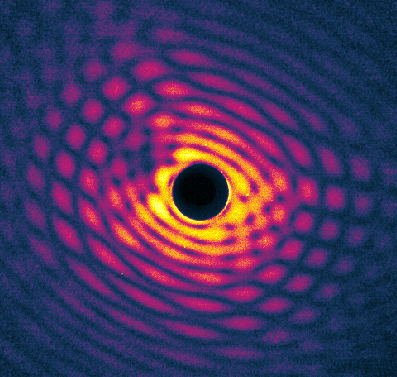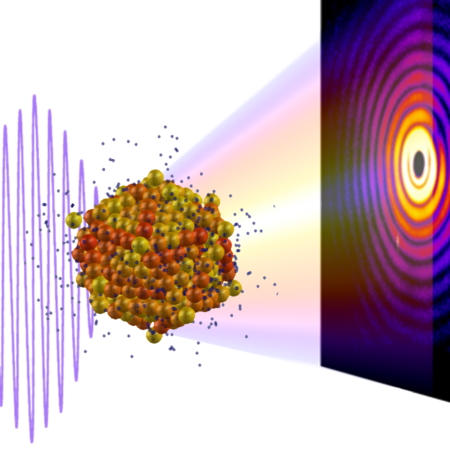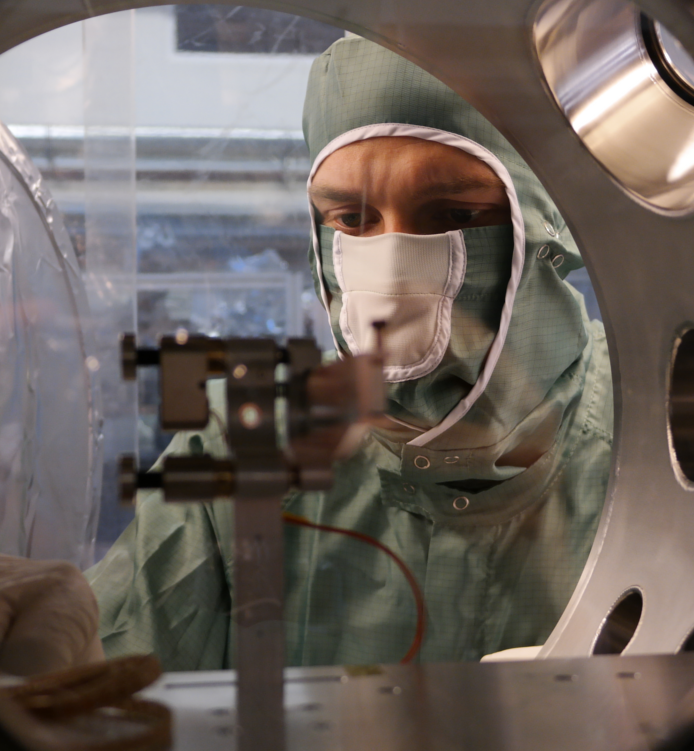Research

In our experiments we investigate short-lived nanostructures and ultrafast changes of their electronic and structural properties under laser excitation. One of the most important methods is single particle diffraction, which combines extreme spatial and temporal resolution.
These experiments are possible because XUV and X-ray Free-Electron Lasers and High-Harmonic Generation sources can provide sufficiently intense and ultrashort short-wavelength pulses to obtain a snapshot image within a single laser shot. The diffraction images contain information on the electron distribution in the nanoparticle, therefore not only the particle's shape, but also laser-induced changes in the structure and even in the electronic properties can be followed using pump-probe methods.

A great benefit comes from looking at an isolated, single nanostructure (e.g. an atomic or molecular cluster, a nanodroplet or nanocrystal): we obtain near background-free signal and avoid energy dissipation into a substrate or surrounding media. From the diffraction images we are able to disentangle the influences of particle size and laser intensity distributions which are a common problem in studies on ensembles of nanoparticles.

A second research topic we are interested in is structure formation on the nanoscale. A close connection to the study of ultrafast nanoplasma dynamics arises from the experimental necessity to prepare and determine the initial state, i.e. the size and shape of the individual clusters before excitation. Via single-cluster imaging we gain unprecedented insight into the cluster morphology and growth processes.
